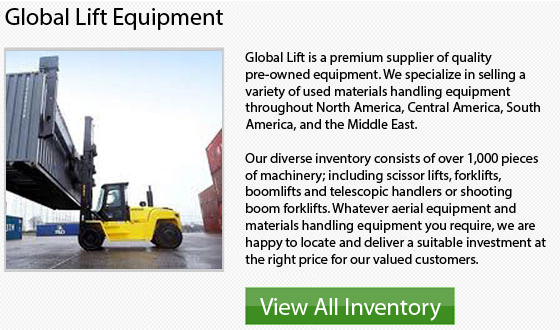
Even though there are many companies that start employees in the receiving area, they will be much better off to assign pro's to deal with the put-away jobs. Experienced individuals who really understand and know the products rarely mix objects which might seem the same but are somewhat different and they know how to correctly stock bins and shelves and thus, work more efficiently.
The best suggestion for new employees is to start them out filling orders. This provides them with an excellent opportunity to learn the products, paperwork and customers as well as any electronic inventory system which might take some getting used to. In addition, it is very easy to check their efficiency by going over their work orders when they are packed for shipment.
Since you do not want to have lots of trucks arriving at the same time, the next step is to schedule truck arrival. By being organized and scheduling arrivals, you would eliminate too much waiting time in the yard and also eliminate pressure on shippers and receivers. The more efficiently you could plan the arrival of your trucks, the less dock doors you will have to work which will save you a lot of money on utilities in the long run.
If you can, operate different shifts for shipping and receiving. One method is to receive products in one shift and separate the shipped products to another shift. Organizing yourself in this way can enable you to reduce the staging area requirements by 50%. You might also be able to eliminate time-wasting bottlenecks in the warehouse. Also, by separating your shipping and receiving, you would know which shift to look over if any discrepancies happen down the road and could keep track of orders more efficiently.
Speed up the process of unloading. This will really help you out since the longer a truck sits at your door for unloading or loading, the more congested your yard can become. Based on studies, approximately 60% of mass merchants are capable of unloading trucks in under an hour, whilst approximately 20 to 30 percent of the grocery business works at a similar standard. Take time to observe and time operations to be able to see exactly how your facility measures up overall.
Maintain your floors because any defects in the floor's surface could cause a forklift operator to slow down or take a detour. The uneven floors could greatly reduce production. Deteriorating floor section seams or uneven floors or potholes also lead to vehicle damage and wheel wear. In certain situations, floors that are really damaged can lead to product damage and loads tipping.